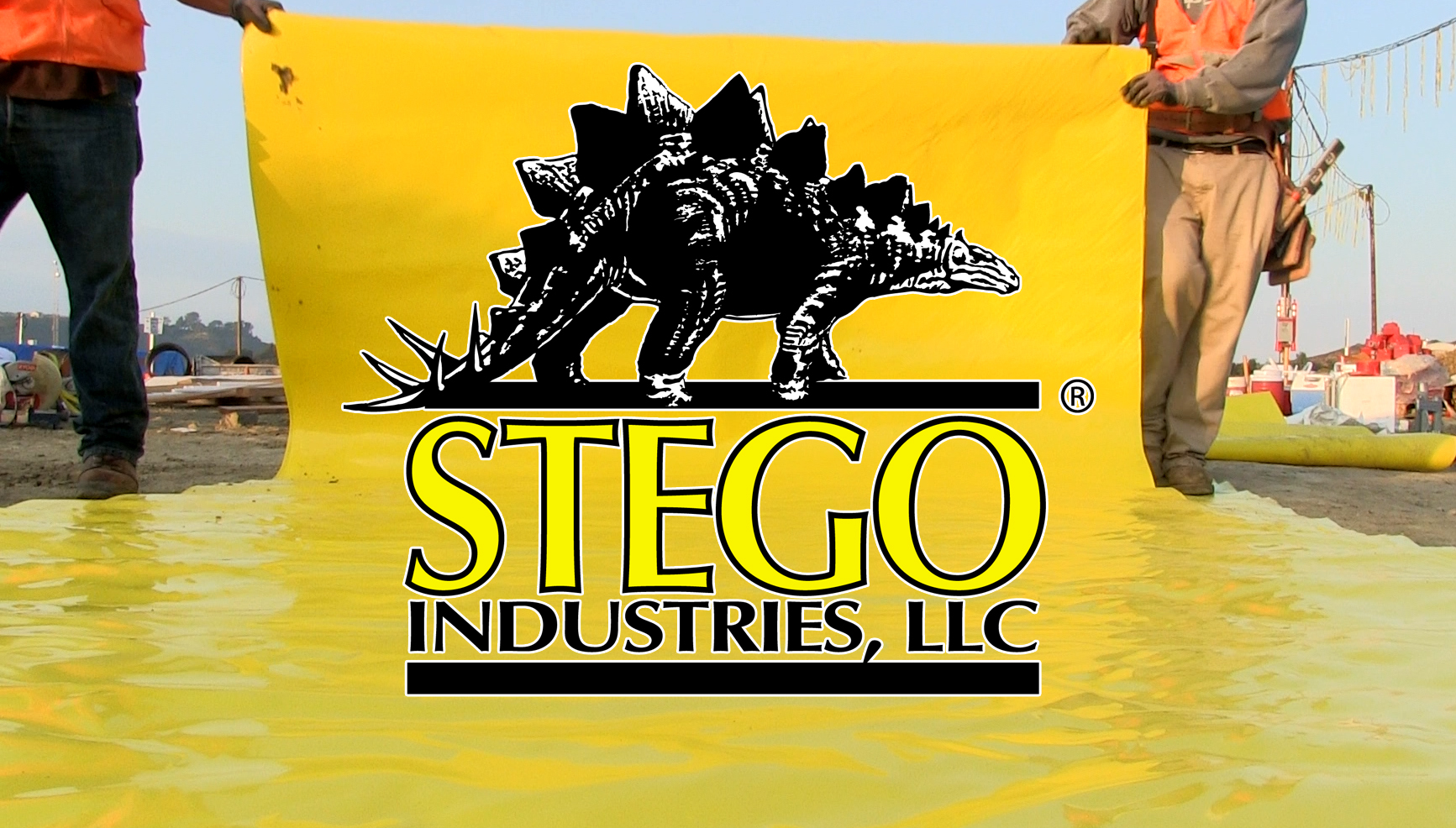Stego Industries recently signed on to the Health Product Declaration Open Standard (HPD), a voluntary format for disclosing product content and related health concerns that are typically not reported even when a product or a building is certified “green.”
The company will prepare an HPD for its flagship product, the Stego Wrap vapor barrier, which it will submit to the HPD Working Group. The Working Group will evaluate and synthesize the feedback and revise the draft HPD into a final version to be officially ratified and made available to the public later this year. Nearly 30 of the most important names in the construction industry, representing a wide variety of products, will help refine the HPD Open Standard to provide information to customers that is reliable and actionable, through a process that is reasonable and fair to all manufacturers.
“Stego’s line of vapor barrier products is not just the choice of green builders because of its ability to reduce energy costs by protecting the building envelope from the diffusion of water vapor, contaminants, and soil gases,” says Stego CEO Paul J. Blasdel. “Green builders also choose Stego because of our commitment to sustainable projects like the Health Product Declaration Pilot Program--proving we are not just a vendor to the green building community, but a partner.”
The HPD Open Standard Working Group is a voluntary association of experts from the community of building designers, specifiers, owners and users. The HPD Open Standard Working Group was convened in July 2011 by the Materials Research Collaborative, a joint project of the Healthy Building Network and BuildingGreen, Inc. BD+C
Related Stories
| Jan 19, 2011
Architecture Billings Index jumped more than 2 points in December
On the heels of its highest mark since 2007, the Architecture Billings Index jumped more than two points in December. The American Institute of Architects reported the December ABI score was 54.2, up from a reading of 52.0 the previous month.
| Jan 19, 2011
Large-Scale Concrete Reconstruction Solid Thinking
Driven by both current economic conditions and sustainable building trends, Building Teams are looking more and more to retrofits and reconstruction as the most viable alternative to new construction. In that context, large-scale concrete restoration projects are playing an important role within this growing specialty.
| Jan 10, 2011
Architect Jean Nouvel designs an island near Paris
Abandoned by carmaker Renault almost 20 years ago, Seguin Island in Boulogne-Billancourt, France, is being renewed by architect Jean Nouvel. Plans for the 300,000-square-meter project includes a mix of culture, commerce, urban parks, and gardens, which officials hope will attract both Parisians and tourists.
| Jan 10, 2011
Michael J. Alter, president of The Alter Group: ‘There’s a significant pent-up demand for projects’
Michael J. Alter, president of The Alter Group, a national corporate real estate development firm headquartered in Skokie, Ill., on the growth of urban centers, project financing, and what clients are saying about sustainability.
| Jan 7, 2011
BIM on Target
By using BIM for the design of its new San Clemente, Calif., store, big-box retailer Target has been able to model the entire structural steel package, including joists, in 3D, chopping the timeline for shop drawings from as much as 10 weeks down to an ‘unheard of’ three-and-a-half weeks.
| Jan 7, 2011
How Building Teams Choose Roofing Systems
A roofing survey emailed to a representative sample of BD+C’s subscriber list revealed such key findings as: Respondents named metal (56%) and EPDM (50%) as the roofing systems they (or their firms) employed most in projects. Also, new construction and retrofits were fairly evenly split among respondents’ roofing-related projects over the last couple of years.
| Jan 7, 2011
Total construction to rise 5.1% in 2011
Total U.S. construction spending will increase 5.1% in 2011. The gain from the end of 2010 to the end of 2011 will be 10%. The biggest annual gain in 2011 will be 10% for new residential construction, far above the 2-3% gains in all other construction sectors.
| Jan 7, 2011
Mixed-Use on Steroids
Mixed-use development has been one of the few bright spots in real estate in the last few years. Successful mixed-use projects are almost always located in dense urban or suburban areas, usually close to public transportation. It’s a sign of the times that the residential component tends to be rental rather than for-sale.














